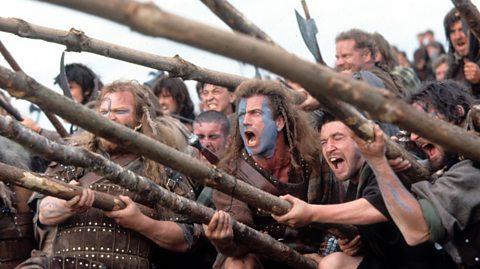
Nobody can out-run a rolling boulder like Indiana Jones.
For more than 40 years, the big screen archaeologist played by Harrison Ford has criss-crossed the globe seeking ancient and powerful artefacts while also keeping them out of the wrong hands.
Indy, as his fans like to call him, is back in UK cinemas on 28 June with Indiana Jones and the Dial of Destiny, the fifth instalment in the series.
The films present archaeology as a thrilling and often dangerous way to make a living, but what about the people who did the job in real life? Are their experiences on a par with the stories on the big screen?
±«Óătv Bitesize looks at some of history’s most well-known archaeologists - who, unlike Indy, probably never had to deal with spirits emerging from the The gold-plated wooden chest said to contain two stone tablets bearing the Ten Commandments that were given by God to Moses., nor consider taking a sip from the The cup, or vessel, said to have been used by Jesus at the Last Supper. The phrase has other meanings, such as anything that is eagerly sought after.…

Roy Chapman Andrews: Dinosaur eggs and dangerous days
This explorer from Wisconsin, USA, had adventures in the 1920s that could also have been the basis for a series of must-see movies. During a trip to the Gobi Desert in East Asia, he discovered a collection of dinosaur eggs as well as the complete skeleton of the dinosaur oviraptor.
Andrews became well-known throughout the USA via a series of books he published about his adventures. In one of them, On the Trail of Ancient Man, he recalled the many times his career put his life in danger, including two close calls in typhoons, encounters with wild dogs and pythons, and also clashes with bandits. Indy could only sympathise.
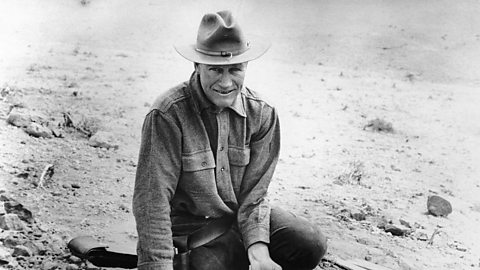
Although his experiences may read like a template for some of the hair-raising situations Indiana Jones finds himself in, Andrews may not technically be an archaeologist. His work focused more on animal life, making him a naturalist rather than a treasure-hunter - but the accounts of his time as an explorer certainly make him sound like an adventurer on a par with Indy!
Margaret Murray: The pioneer who lived to be 100
The Tomb Raider video game franchise - and its lead character Lara Croft - launched in 1996, but one woman who made archaeology her career was inspiring others with her adventures decades earlier. Eminent Egyptology expert Margaret Murray was the UK’s first female lecturer in archaeology. She took up a post at University College London in 1899. In 1908, she became the first woman to publicly remove the bindings from an Egyptian mummy, named Khnum-Nakht, at Manchester Museum, where she was also its first curator of Egyptology.
Murray mentored other women keen on following her in the field and worked on excavations in Malta and Palestine, among other locations. Her interest in folklore led to the publication of a book about medieval witch trials in 1921. Murray died in 1963, just a few months after her 100th birthday. Four years earlier, in a ±«Óătv interview, she said: “I’ve been an archaeologist most of my life. Now I’m a piece of archaeology myself.”
John Wesley Gilbert: Paving the way for black archaeologists
This celebrated scholar and was one of the first American academics to carry out archaeological work in Greece and the Mediterranean.
Born in the 1860s to parents who had been enslaved previously, Gilbert succeeded in an era where it was difficult for black people to gain academic qualifications. His thesis about ancient Athens earned him a master’s degree from Brown University in Rhode Island, the first one that the institution awarded to an African American student. One of his achievements was mapping out the ancient Greek city of Eretria in 1890. He may not have had the hi-octane adventures that fill the plots of Indiana Jones movies, but Gilbert earned the respect of many for his teaching, and also his efforts to build on cooperation between people from different communities.
In 2011, the Society of Black Archaeologists was founded. Gilbert was a pioneer, but one of the society’s aims is to encourage even more black people to pursue archaeology as a career.
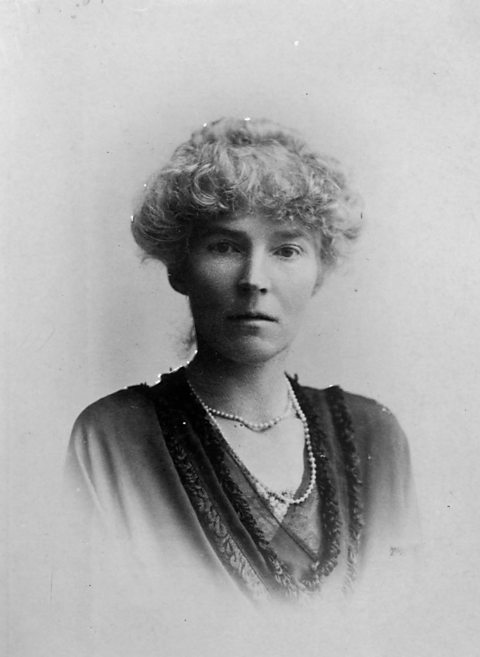
Gertrude Bell: From Oxford to Syria - and Iraq
Steven Spielberg, the director who first brought Indiana Jones to the screen, has publicly declared his love for the 1962 film Lawrence of Arabia.
It tells the story of TE Lawrence, a British archaeologist and army officer. While his experiences are well-known, Lawrence’s colleague - Gertrude Bell - also had a notable list of achievements to her name.
Born in 1868, it was unusual for women in the Victoria era to explore the globe in the adventurous ways Bell did. Not only was she an accomplished archaeologist but also a mean mountaineer. Bell also gained first-class honours from Oxford University’s Lady Margaret Hall, one of the few colleges that accepted female students at the time.
Her passion for archaeology was sparked by a visit to the excavation of ancient Greek city Melos in 1899. During World War One she was based in Cairo, where she worked with TE Lawrence. Bell’s archaeological journeys took her to many parts of the Middle East, including places such as Mesopotamia - an area which now covers much of modern-day Iraq as well as parts of Syria and Turkey. Iraq is a state Bell helped create in the years following the war. She was passionate about Iraq and its people, although her contribution to its formation, and how successful it later proved, has been the subject of debate. Prior to her death in 1926, she helped to set up a museum in the Iraqi capital Baghdad.
Newcastle University holds a comprehensive archive of items connected with Gertrude Bell, including letters, photographs and diaries.
This article was published in June 2023

Five of the world’s most unusual museums
The collections which focus on legendary creatures, pigs, espionage - and poo
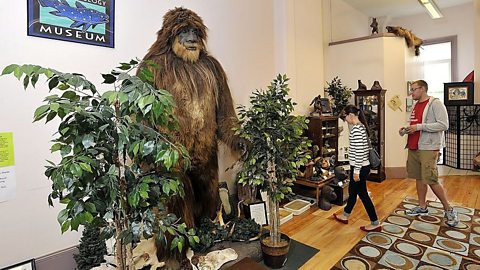
Four jobs you probably didn’t know existed
What does a volcano explorer do? How about a globe maker, or a space inventor? We speak to the people doing just those jobs.
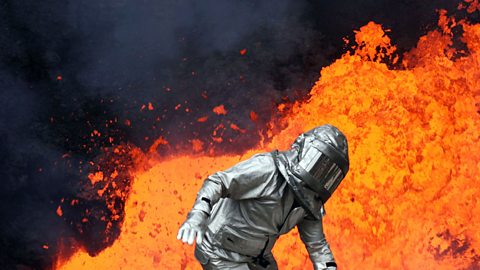
Eight blockbuster films that got history wrong
Some of these are Oscar winners too, but they're not getting any prizes for knowing their history.
